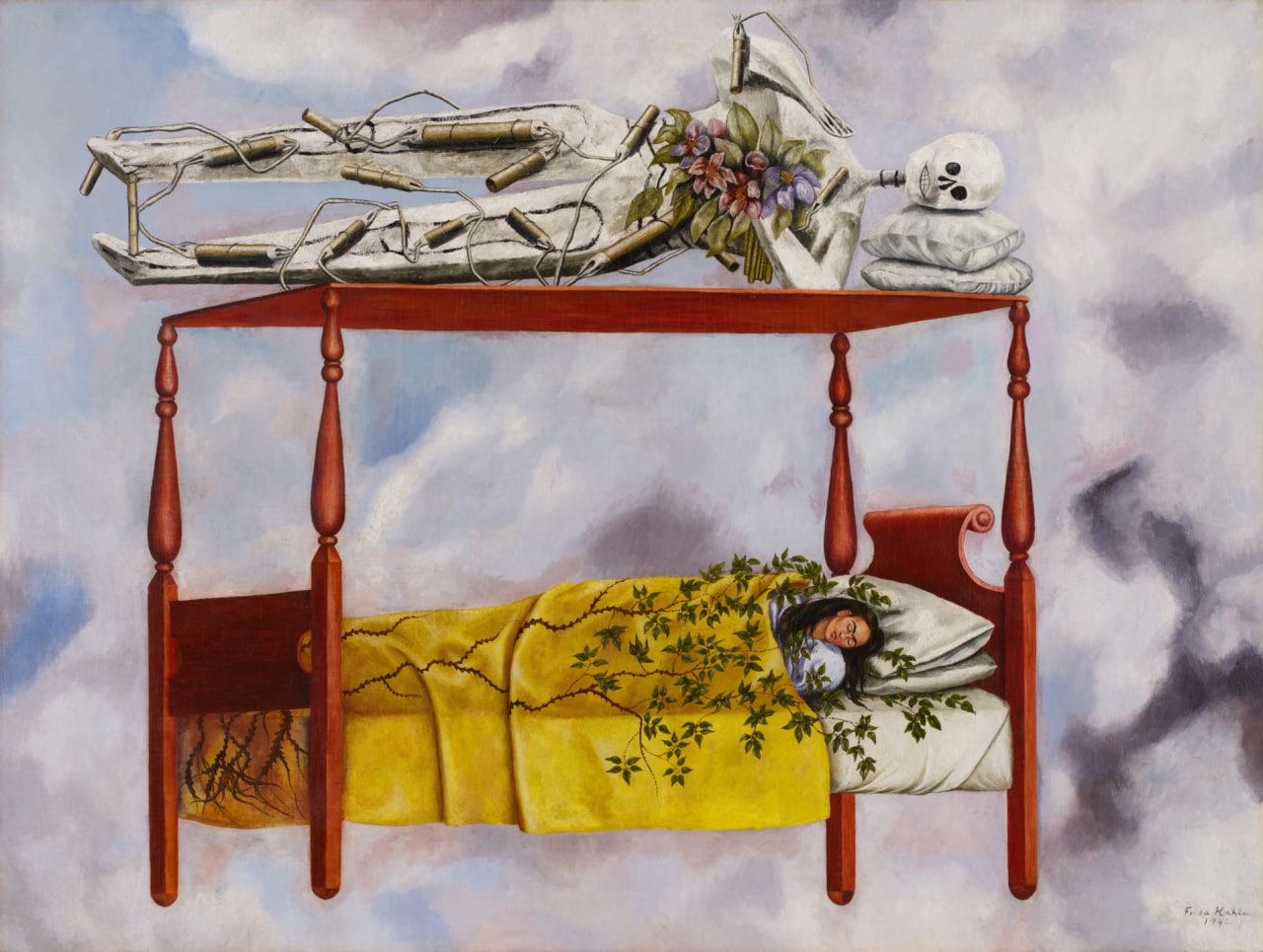Nasrin Charkhat (born 1982 – Tehran) is a graduate of the Master’s degree in painting from the Tehran University. During her studies (undergraduate or postgraduate), she spent most of her time drawing, painting, and studying art related books. The keen interest in sketching and painting led her to the distinguished professor Mr. Mehrdad Khata’I’s classes. After graduation, she started educating painting to children aged 5 to 8 years old. In 2015, her surgery was an idea to seriously create the works of painting on the subject.
Read the interview:
- At the first glance, your artworks resemble something between painting and illustration. Can you explain in this regard?
First, let me point out the difference between painting and illustration and then refer to my own.
It is true that nowadays the distinction between painting and illustration is fading gradually but there are still some differences which can be found. I think both media want to transfer some messages which in illustration this message transfer is done with the help of a story. But in painting the process of creating an artwork takes place in the artist’s mind. In the illustration, there is already a story that leads the artist but in painting, there is a spontaneity that makes it different from the illustration.
In my works, I was struggling between forms and their relation to each other and to the framework. Because there were a lot of soft, smooth and flexible forms in contrast to sharp and pointed ones, flowing from my mind, which in times these limitations were annoying. They are my mental illusions and I hope my audience can engage himself in my mentality and find his way through.
- what is your main concern in your artworks and what can you say is your personal signature?
My main concern in this collection is to show the effort for keeping order in the movement of twisting forms and protecting this cycle. A war that has been occurring in human history over and over again. Actually, the aim is to show the failure in protecting the cycle which is defeated beyond all the efforts and we see its destruction and collapse. The subject of this collection refers to a dilemma and internal problem, which is the result of the collapse of order in a cycle. The mental perception of an internal condition that cannot be seen but exists. Perhaps these works will be interpreted as feminist art, but they are not, they have only tried to express the problem that most women in the world have in a simple way. The problem is called the collapse of order in circular motion.
- You will have an exhibition in the Aliha Gallery recently. Which collection is going to be displayed and how long did it take to complete this collection?
The title of the set that is currently being displayed is called Reversible. There are thirteen panels in different sizes with acrylic and collage technique. The production of the present series took two years to complete.
- How do you see your career perspective?
I will always try to create a collection of works which I would never confine myself to using a particular style.






